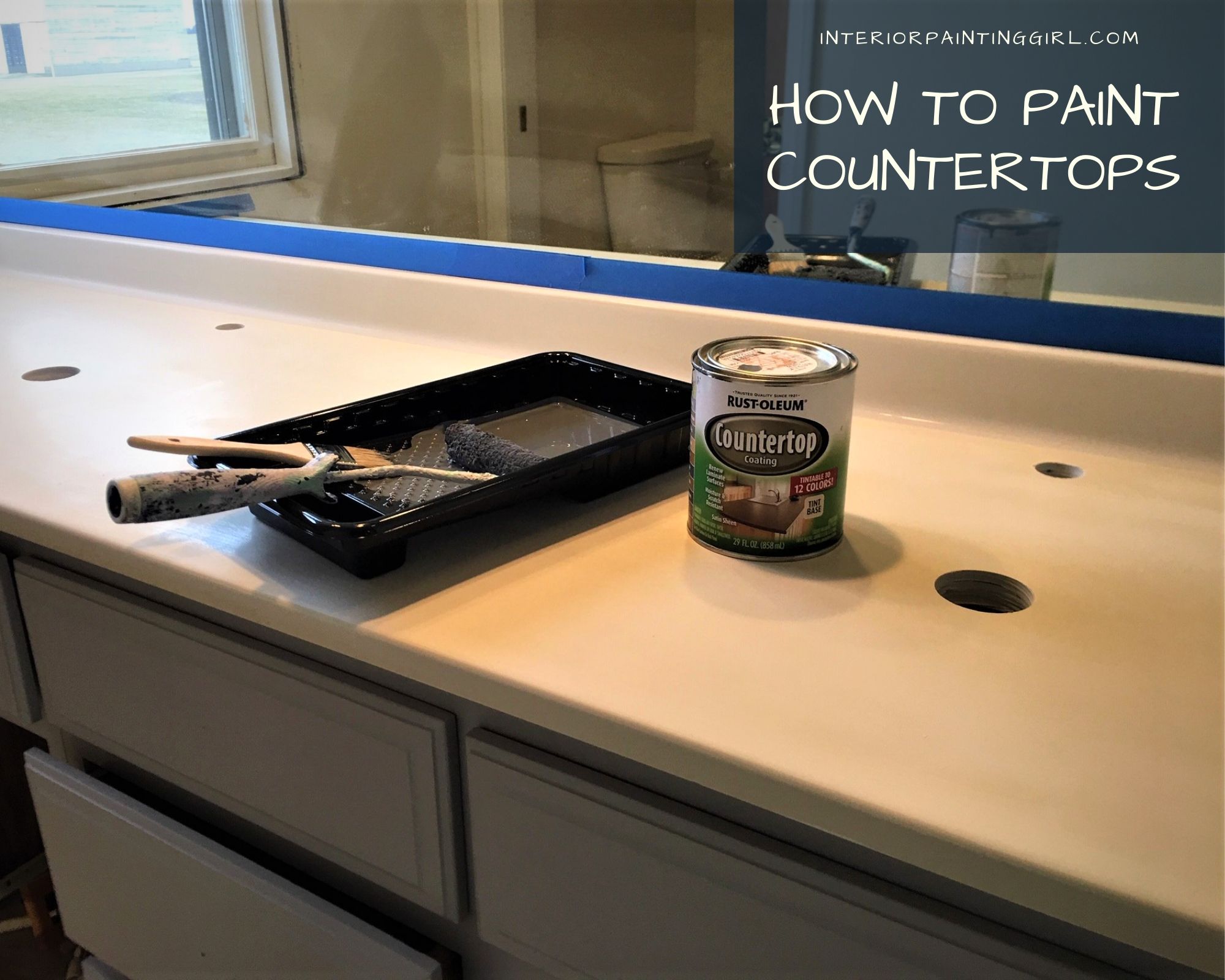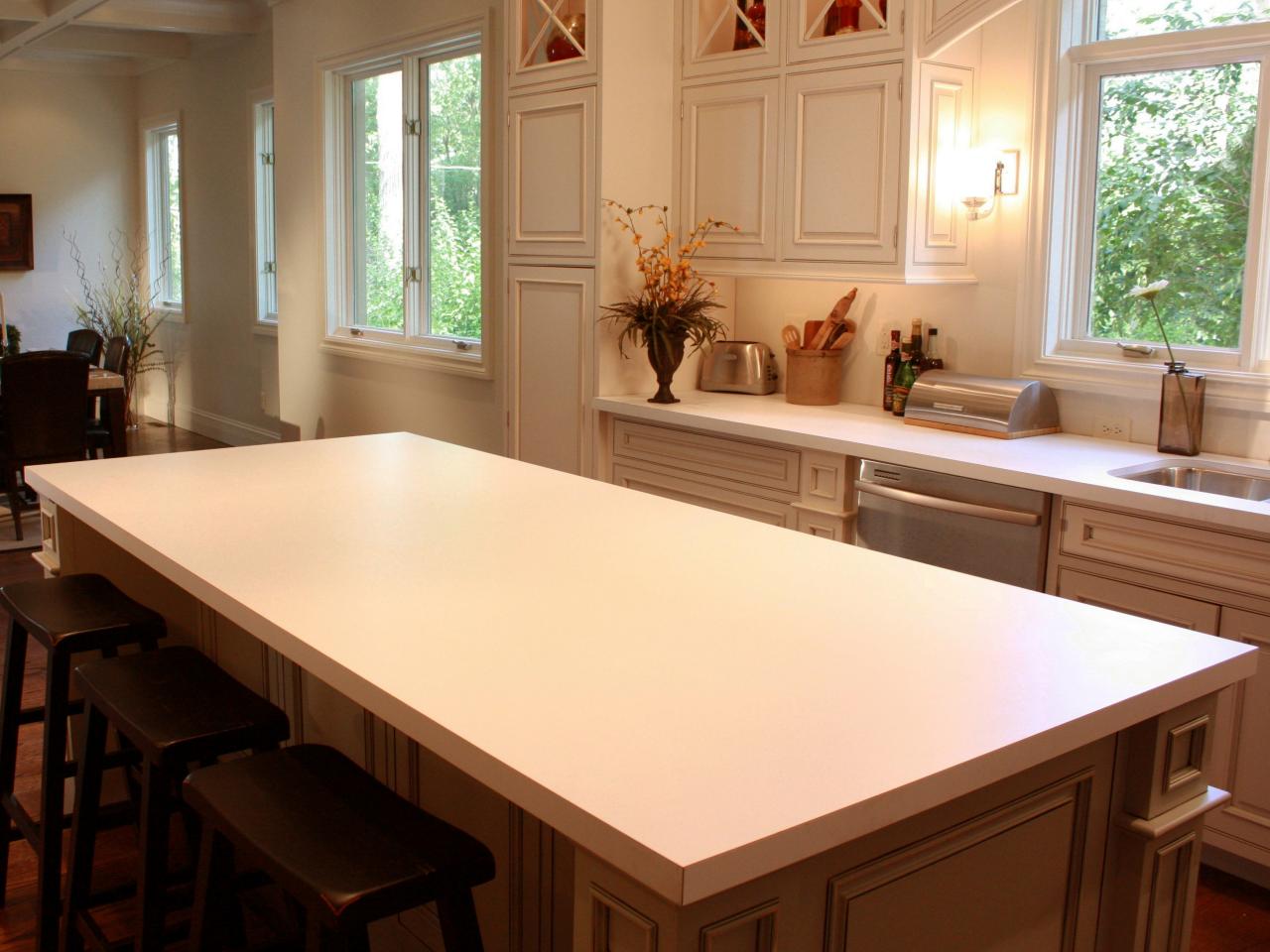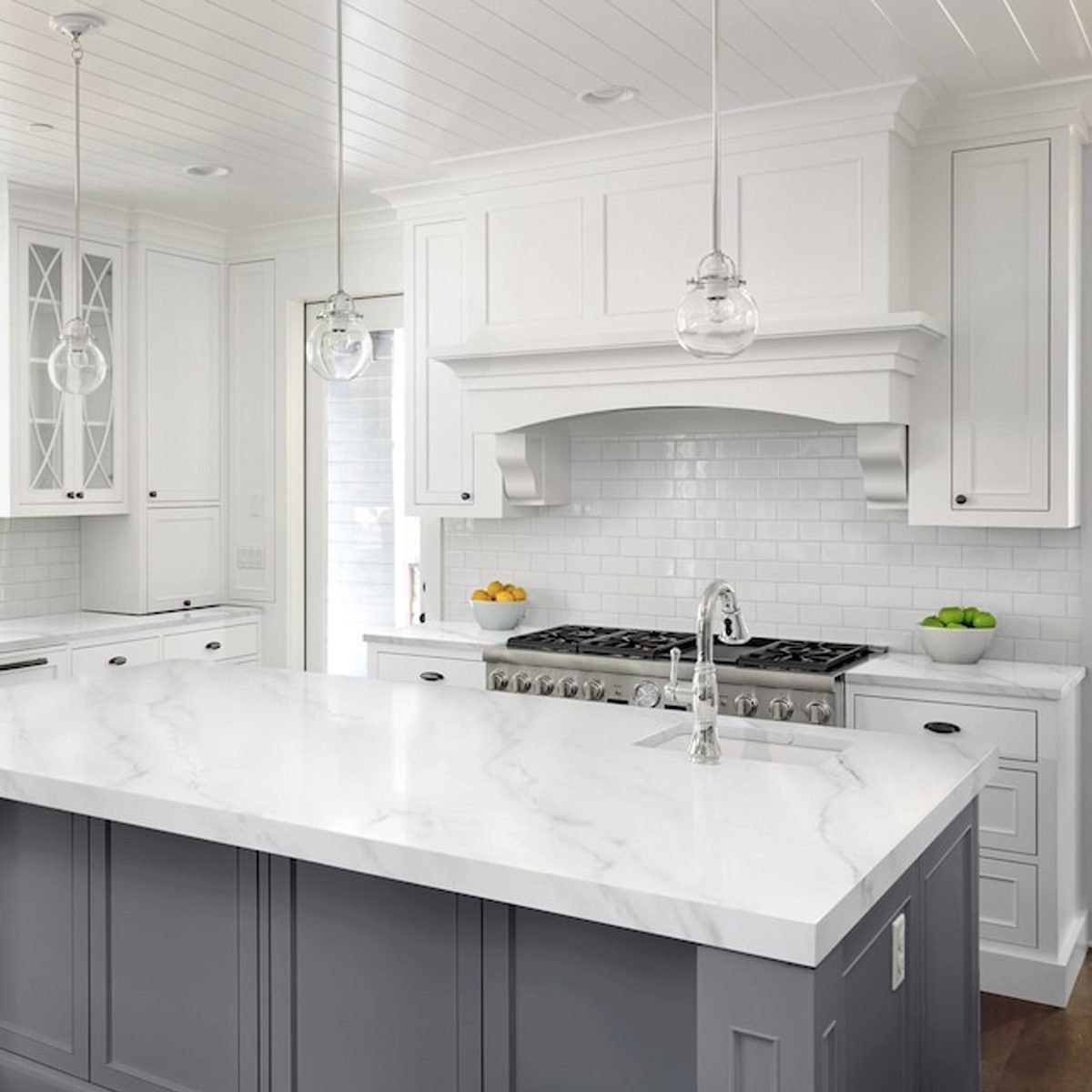How to paint your countertops – In the realm of home improvement, painting your countertops stands as an accessible and transformative project that can revitalize your kitchen. Embark on this journey with us, where we’ll unravel the secrets to achieving a stunning, durable finish that will elevate your space.
From selecting the perfect paint to mastering application techniques, we’ll guide you through every step of the process, ensuring a seamless and successful transformation.
Preparation and Materials

To ensure a successful countertop painting project, meticulous preparation and the right materials are crucial. Surface preparation, including thorough cleaning, sanding, and priming, lays the foundation for a durable and aesthetically pleasing finish.
Materials Required:
- Countertop paint (epoxy or acrylic-based)
- Primer specifically designed for countertops
- Sandpaper (120-grit, 220-grit)
- Cleaning solution (TSP or denatured alcohol)
- Tack cloth
- Stirring stick
- Roller and brush (high-density foam roller and angled brush)
- Painter’s tape
Surface Preparation
Thorough surface preparation ensures proper paint adhesion and a smooth finish. Begin by cleaning the countertop with a cleaning solution to remove dirt, grease, and debris. Rinse thoroughly and allow it to dry completely.
Next, sand the countertop with 120-grit sandpaper to remove any existing finish or imperfections. Use a circular motion and apply even pressure. Wipe away any dust with a tack cloth.
Apply a coat of primer specifically designed for countertops. This creates a bonding layer between the countertop surface and the paint, ensuring better adhesion and durability. Allow the primer to dry completely.
Finally, sand the primed surface lightly with 220-grit sandpaper to create a smooth surface for painting.
Choosing the Right Paint

Selecting the appropriate paint for your countertops is crucial for achieving a durable and aesthetically pleasing finish. Consider the following types of paint and their unique characteristics:
Epoxy Paint
- Highly durable and resistant to wear, chemicals, and heat.
- Requires meticulous preparation and application.
- Available in various colors and finishes.
Acrylic Paint
- Water-based, easy to apply, and dries quickly.
- Less durable than epoxy paint but offers a wide range of colors.
- Requires a clear topcoat for added protection.
Latex Paint
- Water-based, easy to clean, and available in a vast array of colors.
- Less durable than epoxy or acrylic paints.
- Requires multiple coats for optimal coverage.
Factors to Consider, How to paint your countertops
When selecting a paint, consider the following factors:
- Durability:Epoxy paint offers the highest durability, while latex paint is the least durable.
- Resistance:Epoxy paint is resistant to chemicals, heat, and wear, while acrylic and latex paints offer varying degrees of resistance.
- Finish:Choose a finish that complements your desired aesthetic, such as matte, semi-gloss, or high-gloss.
Painting Techniques

Applying paint to countertops requires careful technique to achieve a smooth, professional-looking finish. Whether you choose to brush or roll, meticulous preparation and attention to detail are essential.
Brush Application
For small areas or intricate details, a brush provides greater control and precision. Begin by applying a thin, even coat along the edges and corners. Use a light touch and avoid overworking the paint.
Roller Application
A roller is more efficient for larger surfaces. Use a foam or microfiber roller to ensure a smooth finish. Dip the roller into the paint and roll it onto a paint tray to remove excess paint. Apply the paint in long, even strokes, overlapping slightly to avoid streaks.
Creating a Smooth Finish
To achieve a smooth finish, it’s crucial to sand between coats. Use a fine-grit sandpaper to lightly sand the surface, removing any imperfections or brushstrokes. After sanding, wipe the surface clean with a damp cloth and allow it to dry thoroughly before applying the next coat.
Finishing and Protection: How To Paint Your Countertops

The final step in transforming your countertops is sealing them to protect the painted surface and enhance its durability. Sealants act as a protective barrier against wear, stains, and moisture damage, ensuring the longevity of your countertop makeover.
There are several types of sealants available, each with its unique properties and application methods. Here are two commonly used options:
Polyurethane
- A clear, oil-based sealant that provides excellent protection against scratches and wear.
- Easy to apply with a brush or roller, but requires multiple coats for optimal results.
- Dries quickly, making it convenient for quick turnaround projects.
Epoxy
- A two-part sealant that creates a durable, waterproof, and chemical-resistant finish.
- More challenging to apply than polyurethane, requiring careful mixing and precision.
- Provides superior protection against heavy wear and tear, making it ideal for high-traffic areas.
Final Conclusion
As you complete your countertop painting project, you’ll not only enhance the aesthetics of your kitchen but also gain a sense of accomplishment. With a newfound appreciation for your DIY skills, you’ll cherish the results for years to come.
